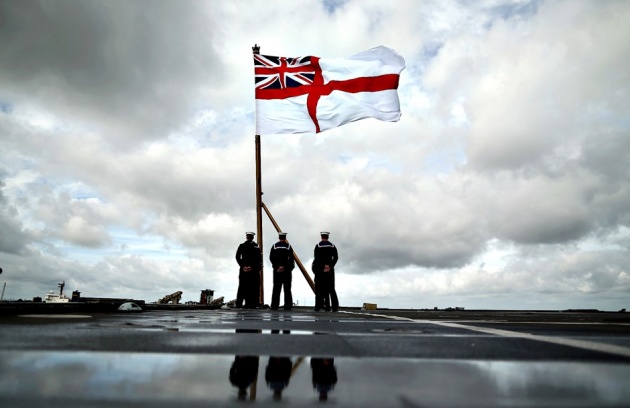This new report by Richard Reeve (13 May 2015) has been published by Oxford Research Group. The report analyses the UK’s past, current and future commitments to funding its armed forces in relation to other components of British international spending (development and diplomacy), the current threats to UK security, and the military spending patterns of its NATO allies, European peers, and other states.
The report analyses the UK’s past, current and future commitments to funding its armed forces in relation to other components of British international spending (development and diplomacy), the current threats to UK security, and the military spending patterns of its NATO allies, European peers, and other states.
It finds that, while UK military spending as a share of GDP fell markedly during the 2010-2015 Coalition Government, it remains well above the norm for European states and democracies worldwide. Two expensive commitments help to determine why the UK still spends so much on its military: submarine-launched nuclear weapons; and a force structure that prioritises global power-projection and expeditionary operations over national defence. In light of current threats to UK security, these commitments are either irrelevant or risk overstretch of diminished armed forces and blowback from foreign wars.
Manifesto commitments of the new Conservative government to pursue fiscal austerity while maintaining major equipment procurement plans, including bringing two aircraft carriers into service and renewing the Trident nuclear weapons system, are likely to severely squeeze the armed forces’ practical defence capabilities over the next parliament.
The report recommends that the coming Strategic Defence and Security Review (SDSR) be seized upon as an opportunity to rethink UK security strategy and spending. In balancing ambition with austerity, the UK could actually strengthen its defence by committing to do less militarily with less money.

